13 Neighborly Customs Boomers Remember That Have Faded Away
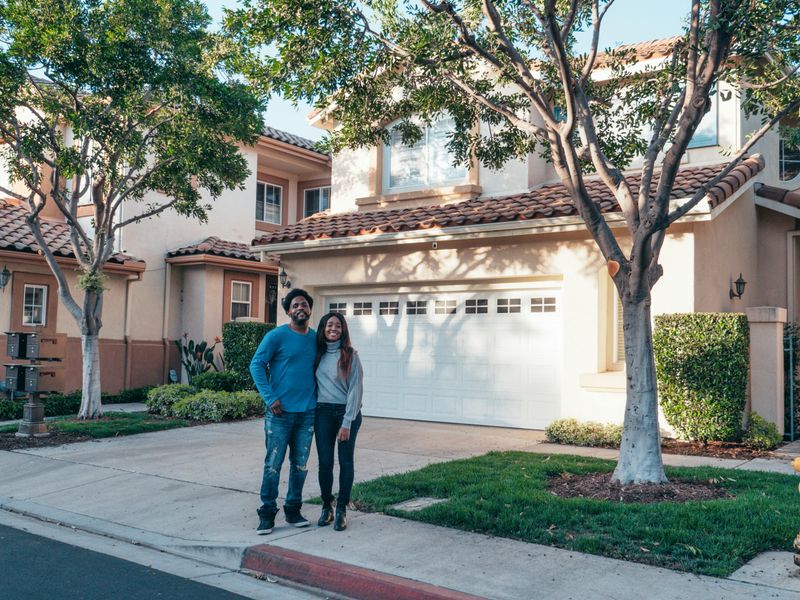
Remember when neighbors weren’t just people who lived next door, but an extended family who shared life’s ups and downs? Baby Boomers grew up in communities where front doors stayed unlocked and helping hands were just a holler away. These neighborhood customs created bonds that lasted lifetimes, though many have disappeared in our digital age.
1. Passing around a phone tree among neighbors

Long before group texts and social media alerts, the neighborhood phone tree was command central for community news. A single call would set off a chain reaction of neighbors dialing neighbors about everything from storms to missing pets. The system relied on trust and responsibility – if you were fourth on the list, you knew three families were counting on you to keep the chain going.
Kids often answered these calls, scribbling down messages for parents. The beauty of the phone tree wasn’t just its practical value; it created a web of connection where everyone felt responsible for each other’s wellbeing. When Mrs. Johnson’s basement flooded, the entire block knew within the hour, and help arrived just as quickly.
2. Maintaining a community tools shed shared by neighbors
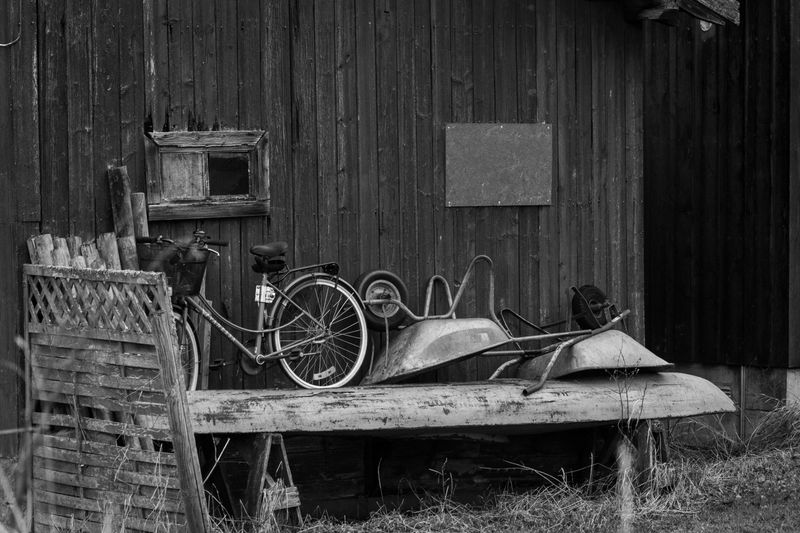
Back when neighbors pooled resources instead of ordering same-day deliveries, the community tool shed stood as a symbol of practical cooperation. Usually housed in someone’s garage or backyard, these informal lending libraries contained everything from socket wrenches to extension ladders that nobody needed to own individually.
The system operated on an honor code – borrow what you need, return it when finished. No apps, no deposits, no rental fees. Some neighborhoods even kept a simple notebook where folks would jot down what they borrowed and when.
The shared tools created natural opportunities for skill-sharing too. Borrowing a power sander often came with tips from the neighbor who knew how to use it properly.
3. Exchanging leftovers after holiday or family dinners
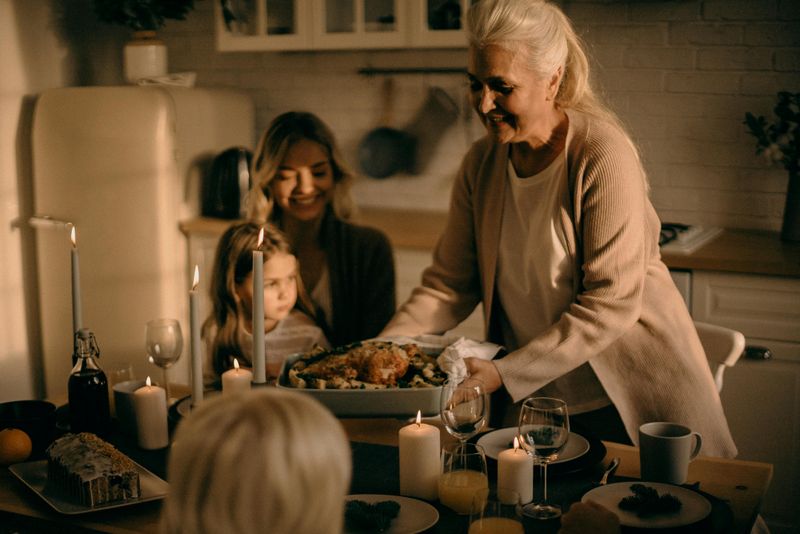
After Thanksgiving dinner wrapped up and the dishwasher hummed with its first load, mom would pull out a drawer full of empty margarine tubs. “Take a plate over to the Hendersons,” she’d say, carefully arranging turkey, stuffing, and pie slices in those makeshift containers. Nobody thought twice about sharing food with neighbors – it was just what you did.
These food exchanges weren’t limited to holidays. Sunday dinners often yielded enough for a widowed neighbor or a family with a new baby. No elaborate packaging or Instagram-worthy presentation required.
The custom wasn’t about charity but community – the same neighbors might show up at your door next week with homemade lasagna or fresh garden vegetables. Food created connections that transcended mere politeness.
4. House-sitting for each other (for free)

The jangling of spare keys exchanged between neighbors marked the start of vacation season. “Water the plants on Wednesday and Saturday, mail’s on the kitchen counter, and help yourself to anything in the fridge!” These casual arrangements happened without contracts or compensation – just the understanding that the favor would be returned someday.
Neighborhood kids often earned their first responsibilities collecting newspapers or feeding pets for vacationing families. The arrangement created a natural security system too – occupied homes deterred break-ins, and watchful neighbors knew exactly who should (and shouldn’t) be around.
More than just practical help, house-sitting built remarkable trust. Handing someone your house keys meant inviting them into your private world, creating bonds that often lasted decades.
5. Clipping coupons for each other

Sunday mornings once included a ritual that’s nearly extinct today: scissors in hand, coffee nearby, methodically cutting newspaper coupons. The real magic happened next – sorting those little paper treasures into piles. “Carol uses that laundry detergent,” or “The Millers always buy that cereal for their kids.”
Coupon exchanges happened over fences, during carpool, or tucked into mailboxes with a friendly note. Nobody tracked the monetary value or expected anything in return. The gesture was simple: I saw this, thought of you, and wanted to help your family save a little money.
Beyond the practical savings, these exchanges revealed how well neighbors knew each other’s lives – their brand preferences, family needs, and shopping habits – in ways that today’s digital algorithms try desperately to replicate.
6. Delivering the newsletter by hand in the neighbourhood
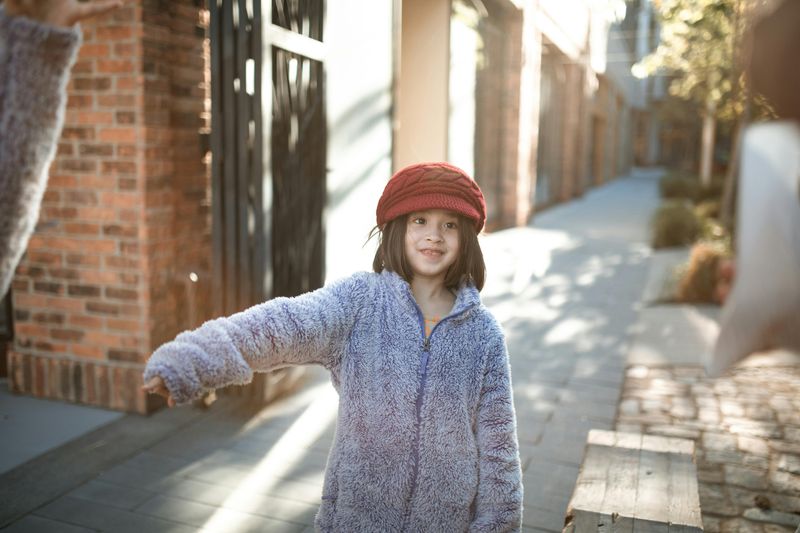
Before social media groups and community apps, neighborhood news traveled via mimeographed pages delivered by enthusiastic volunteers. Mrs. Johnson from three doors down might appear on your porch with the latest edition of “The Oakwood Observer” or “Pine Street Press” – homemade publications filled with birth announcements, garage sale dates, and meeting notices.
Often created on typewriters and duplicated at someone’s workplace after hours, these newsletters preserved community history in smudgy purple ink. The delivery person wasn’t just dropping off information; they were collecting it too, asking about your family or noting your beautiful garden for next month’s issue.
The physical handoff created moments of connection that digital communication can’t replicate – brief conversations that stitched the neighborhood together one doorstep visit at a time.
7. Planning large yard sales together as a group
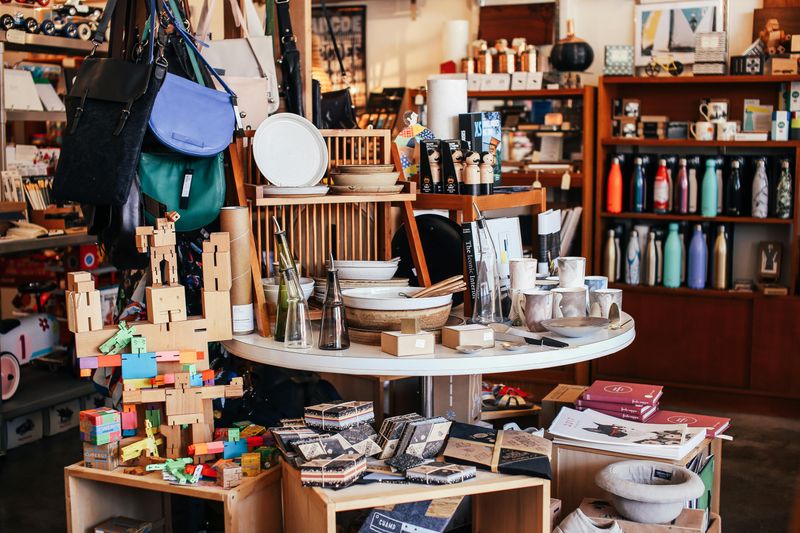
The community yard sale once transformed quiet suburban streets into bustling marketplaces where one family’s castoffs became another’s treasures. Planning began weeks in advance – neighbors coordinating dates, pooling advertising money for newspaper classifieds, and creating hand-drawn maps showing participating homes.
On sale day, streets buzzed with activity as families helped each other set up tables and arrange merchandise. Children became entrepreneurs, selling lemonade or cookies to shoppers navigating from yard to yard. The atmosphere felt more like a block party than a sales event.
Beyond the practical benefits of increased foot traffic and shared advertising costs, these sales created a rare glimpse into neighbors’ lives through their possessions – sparking conversations about hobbies, children’s interests, and shared memories that continued long after the last customer left.
8. Holding weekly game nights among neighbors

The coffee percolator bubbled in the background as neighbors gathered around kitchen tables for rummy, canasta, or bridge – games that required nothing more than cards, conversation, and maybe a bowl of chips. These weren’t occasional gatherings but weekly rituals where the same folks showed up at the same house every Thursday or Saturday night for decades.
Game nights rotated between homes, with hosting duties shared among regular players. The games themselves sometimes seemed secondary to the gossip, jokes, and neighborhood problem-solving that happened between hands. Children would drift in and out, observing adults in rare moments of relaxed camaraderie.
Unlike today’s scheduled playdates or formal dinner parties, these gatherings happened with minimal preparation – just open doors, simple refreshments, and genuine connection that built community one card game at a time.
9. Decorating the block together for holidays

Holiday decorating once qualified as a neighborhood-wide project rather than a competition for the most elaborate light display. Families would emerge on the same December weekend, untangling light strings and hanging wreaths while shouting greetings across lawns. The goal wasn’t perfection but participation – creating a welcoming atmosphere for everyone.
Some neighborhoods developed signature traditions – all white lights on Pine Street or luminarias lining Oak Avenue. Neighbors shared ladders, extension cords, and hot chocolate during the decorating process. For those who couldn’t manage the physical work, younger neighbors automatically stepped in to help.
The collaborative spirit extended to other holidays too – coordinated flags for July 4th or matching carved pumpkins at Halloween. These synchronized decorations created a visual reminder that individual homes were part of something larger – a community with shared traditions.
10. Sharing plants and seedlings

“My grandmother started this peony from her mother’s garden back in Ohio.” Plant sharing created living connections between neighbors and across generations. The custom was beautifully simple – dividing perennials, rooting cuttings, or saving seeds to share with those living nearby.
These botanical gifts came with stories and advice passed between yards. The exchange happened casually – a paper bag of iris bulbs left on a porch or a coffee can of tomato seedlings offered over the fence. No expectation of payment or even reciprocation existed – just the satisfaction of seeing your plants thrive in a neighbor’s garden.
The practice created distinctive neighborhood landscapes where the same varieties appeared in multiple yards. More importantly, it cultivated a sense of continuity and permanence – even as families moved, their plants remained, tended by new neighbors who inherited both the flowers and their histories.
11. Having “porch music” nights
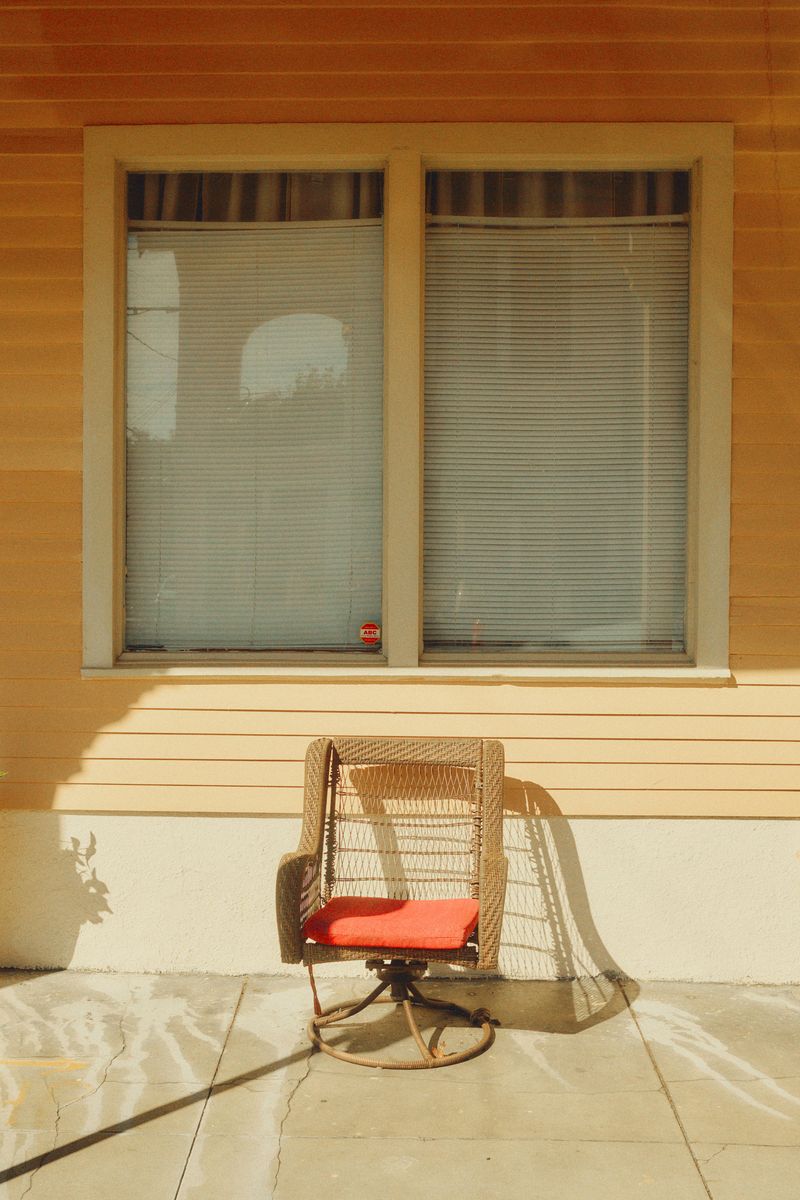
Summer evenings once had their own soundtrack – not from wireless speakers but from actual instruments played by actual neighbors. Someone would drag a guitar onto their front porch and start strumming. Before long, others would drift over with folding chairs or blankets, settling in for an impromptu concert under the stars.
These gatherings happened organically, without Facebook events or group texts. Sometimes a harmonica or banjo would join in, creating makeshift ensembles that played everything from folk songs to popular hits. Children sprawled on the grass, catching fireflies between songs.
The music itself varied widely in quality – from genuinely talented musicians to enthusiastic amateurs – but that wasn’t really the point. These porch concerts created shared experiences that transcended age and background, temporarily transforming separate households into a single appreciative audience.
12. Walking children to school together in groups

The morning school parade once wound through neighborhoods as children collected friends house by house, creating a growing procession of lunch boxes and backpacks. Parents took turns walking at the front and back of these informal caravans, providing supervision without helicoptering over every child.
The daily walks built independence for children and peace of mind for parents. Kids learned to navigate their community safely while adults shared the responsibility of getting everyone to school on time. Conversations flowed freely – homework challenges, upcoming tests, neighborhood news – creating bonds between families beyond just proximity.
Weather rarely deterred these walking groups. Umbrellas appeared in rainstorms, extra mittens for forgetful children in winter. The custom reinforced the idea that raising children wasn’t solely a private family matter but a shared community responsibility.
13. Borrowing and returning tools, and small items like sugar, flour, etc., without fuss

The doorbell would ring, and there stood your neighbor holding an empty measuring cup. “Can I borrow a cup of sugar?” This wasn’t an inconvenience but a normal part of daily life – the casual exchange of small items that kept households running smoothly without trips to the store for every minor need.
These exchanges worked because of proximity and trust. Nobody worried about returning exactly the same amount or brand – the understanding was that help flowed both ways over time. The borrowed hedge trimmer or cake pan would eventually make its way home, though sometimes after gentle reminders.
Beyond practical benefits, these small transactions created constant connection points between households. The five-minute conversations while measuring sugar or explaining how the tool worked built familiarity that proved invaluable during neighborhood challenges or emergencies.

Comments
Loading…